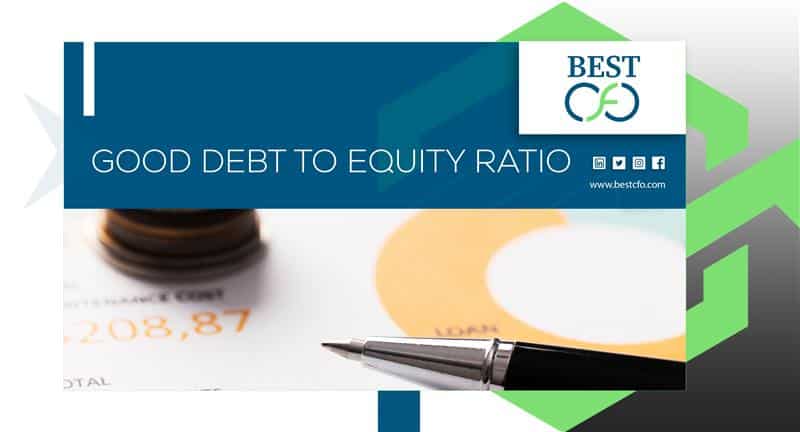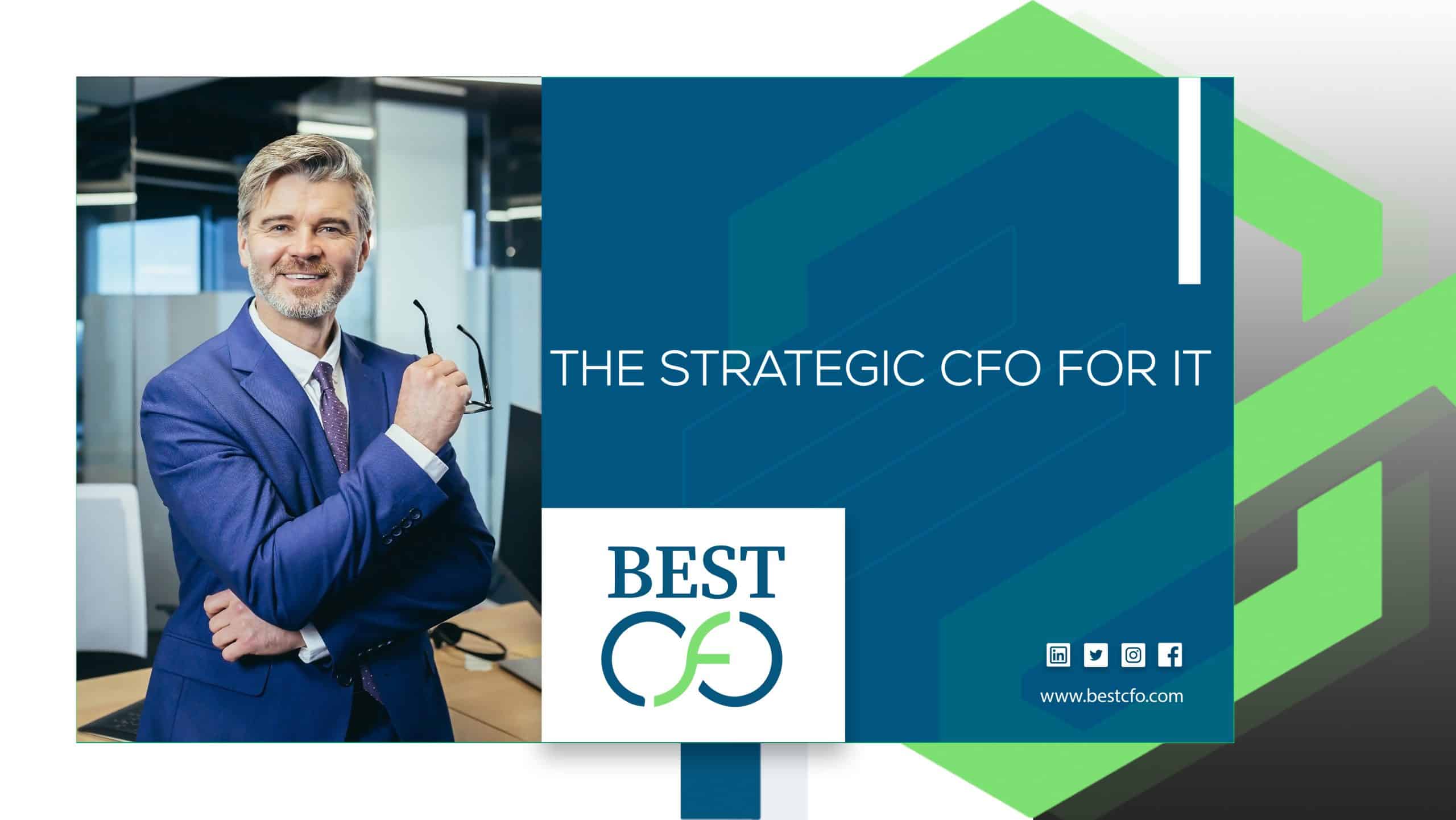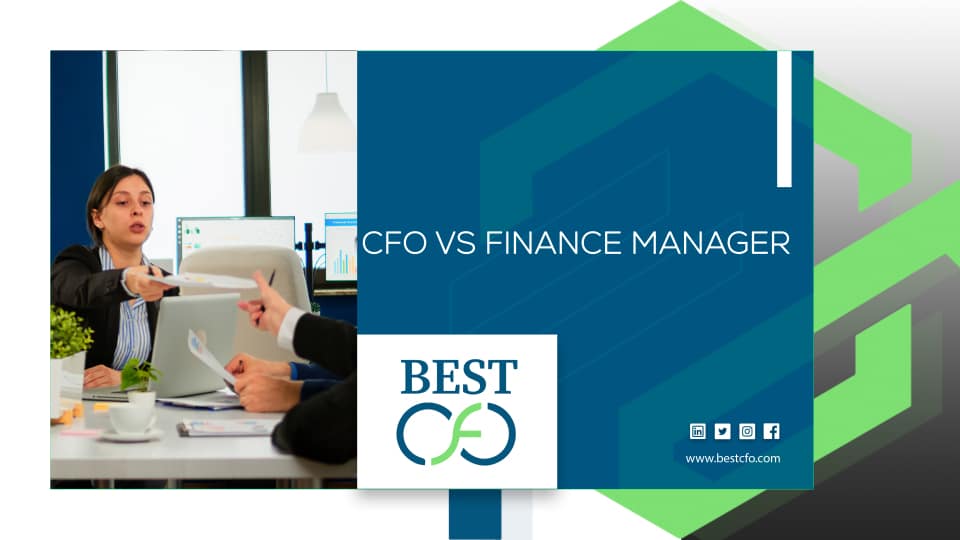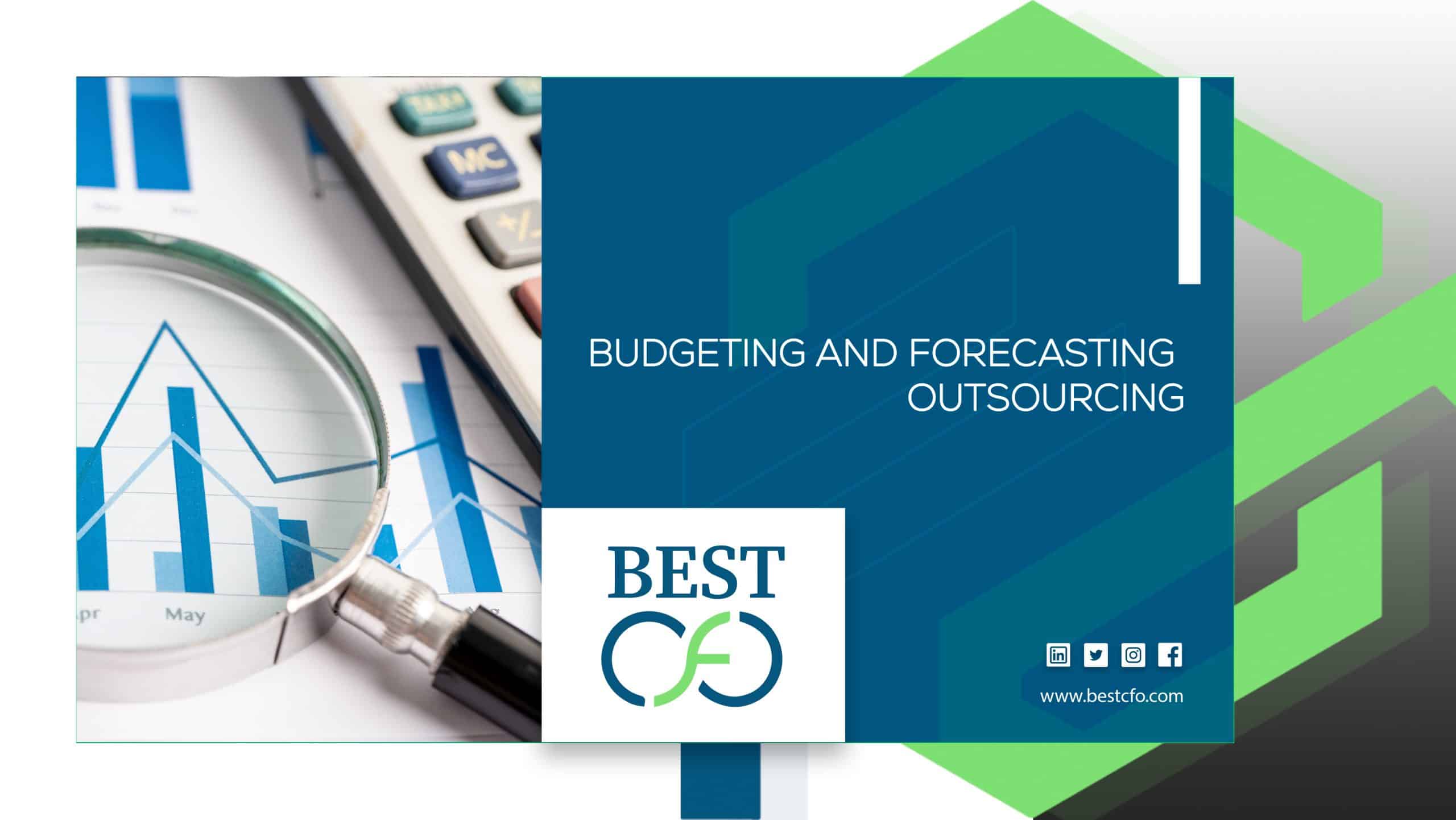
| Getting your Trinity Audio player ready... |
Organic vs. Inorganic Growth: Which Strategy Wins?
In today’s fast-moving economy, every business is focused on one thing—growth. Whether it’s a small startup company or a well-known corporation, growing stronger, bigger, and more successful is a top goal. But how a business chooses to grow can make all the difference.
There are two main paths to growth: organic and inorganic. One is about building from the inside. The other involves joining forces or acquiring others to grow quickly. So, which is better? Or should companies use both?
Let’s explore the difference between these two strategies, look at real-life examples, and understand when to use each one. For instance, Apple Inc. often relies on innovation and product development (organic), while Facebook grew fast by buying other companies (inorganic).
Understanding Organic Growth
Organic growth is when a company grows using its own efforts. It doesn’t depend on outside help like buying another company. This type of growth comes from increasing sales, improving products, or reaching new customers in existing or new areas.
Examples of Organic Growth Strategies
Here are a few examples of organic growth strategies:
- Market Penetration
This means selling more in the current target market. For example, Coca-Cola grows by improving its distribution (marketing) and reaching more stores worldwide.
- Product Development
This involves creating new or better products. Apple’s new iPhone models each year are a great example of this type of business process.
- Geographic Expansion
Expanding to new locations is another way. Starbucks did this by opening stores across the globe.
Pros of Organic Growth
- It’s steady and sustainable. Businesses stay in control without sudden changes.
- It builds strong brand loyalty over time.
- It avoids large debt or heavy funding needs from investors.
Cons of Organic Growth
- It can be slow. In fast-moving industries like technology, this might be a problem.
- Growth depends on the company’s own resources and may be limited.
- Markets can get full, making it hard to grow more.
Understanding Inorganic Growth
Inorganic growth happens when a company grows by working with or buying other companies. This includes mergers and acquisitions (M&A), joint ventures, and strategic alliances. It allows businesses to grow faster by using external help like talent, technology, or market share.
Examples of Inorganic Growth Strategies
The following are the examples of inorganic growth strategies:
- Mergers & Acquisitions (M&A)
Disney grew by buying Pixar, adding strong animation skills and movies to its portfolio.
- Strategic Alliances
Spotify partnered with Uber to let riders play their music during rides—a great example of shared customer satisfaction.
- Franchising
McDonald’s used franchising to spread globally, allowing others to run stores using their name and system.
Pros of Inorganic Growth
- Quick access to new markets and customers.
- Bigger size brings cost benefits (known as economies of scale).
- More diversity in products or regions reduces risk.
Cons of Inorganic Growth
- Buying companies can cost a lot, often requiring loans or venture capital.
- There may be problems combining two different cultures.
- It may face regulatory compliance issues or legal challenges.
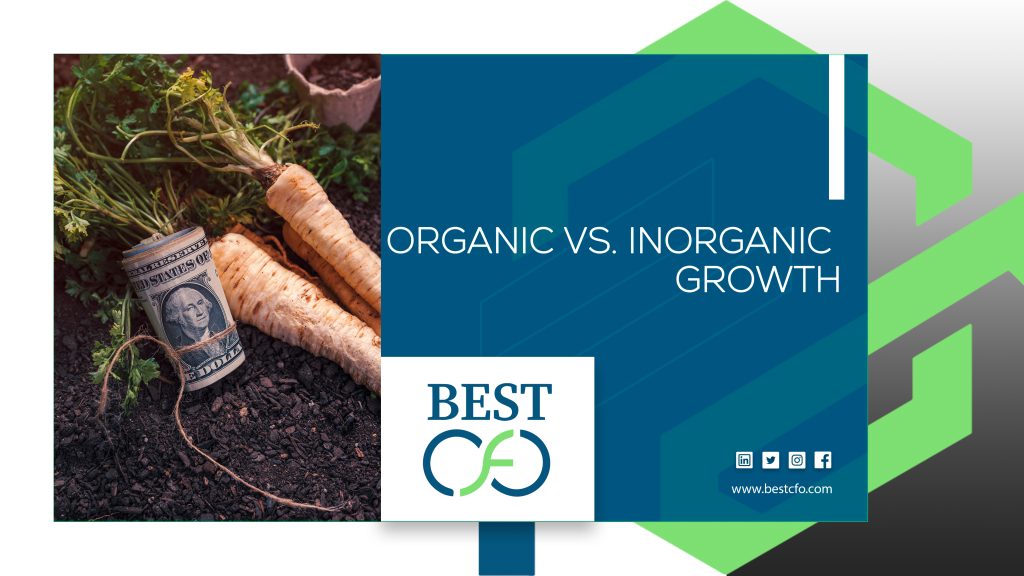
Comparison Table: Organic vs. Inorganic Growth
| Inorganic Growth | Organic Growth |
Speed | Inorganic growth is fast | Organic growth is slow and steady |
Stability | Companies face more disruptions, compliance risks, and opportunities for things to go wrong | Companies face less disruption and greater stability |
Adaptability | Having more stakeholders and decision-makers creates friction | Having fewer stakeholders makes it easier to pivot and implement new strategies |
Comfort | Operational disruptions and team restructuring can be unsettling for your team | Gradual changes are more comfortable and natural for your team |
Direction | Leaders must make concessions to partners, forfeiting some control over company direction | Leaders have complete control over the company’s vision and direction |
Vulnerability | Companies can rapidly corner the market and edge out the competition | Companies can quickly lose their competitive edge in a market where fast-growing M&As dominate |
Opportunity | Quick access to more resources, expertise, and capital creates immense growth opportunity | As receivables and cash-depleting resources expand, growth prospects shrink |
Integration | Companies must undergo the complex, time-consuming, and risky process of combining organizational processes and personnel | Companies enjoy slower process integrations |
Cost | M&As involve large upfront costs | Gradual growth makes it easier to stay on budget and forgo external financing as you expand |
Risk | Sudden expansion involves increased risk | Gradual expansion involves incremental risk |
Organic vs. Inorganic Growth: Speed of Growth
- Inorganic growth is fast but comes with risk.
- Organic growth is slower but more stable.
Financial Implications: Organic vs. Inorganic Growth
- Organic growth is less costly and uses profits earned.
- Inorganic growth needs big money and may add debt to the balance sheet.
Organic vs. Inorganic Growth: Risk Factors
- Organic growth depends on market conditions.
- Inorganic growth can fail if integration is poorly managed.
Long-Term Viability: Organic vs. Inorganic Growth
- Organic growth creates long-lasting value and brand strength.
- Inorganic can work short-term, but may not last without smart management.
Organic vs. Inorganic Growth: Investor Perspective
- Many investors prefer steady, organic growth—it shows strong financial management.
- However, good M&A can raise shareholder value quickly if done right.
Organic or Inorganic Growth: Which Strategy Wins?
The answer depends on the company’s goals, size, and the market (economics) it operates in.
When to Choose Organic Growth
- Ideal for startup companies with limited cash.
- Works well in slow-changing markets.
- Fits companies focused on customer service, brand building, and authenticity.
When to Choose Inorganic Growth
- Best for industries like tech or healthcare, where speed matters.
- Useful when a business wants fast access to a large customer base.
- Perfect for firms with lots of capital (economics) or strong private equity backing.
The Hybrid Approach
Many top businesses use both methods.
- Amazon used organic growth to build its retail core.
- It later used inorganic growth, buying Whole Foods to enter physical grocery markets.
- Google (now under Alphabet) does both—launching internal products and buying new startups.
This mix helps them stay strong and grow fast.
Conclusion
To sum up, both organic and inorganic growth are important strategies in the business world. Organic growth helps build a strong base, while inorganic growth offers speed and reach. Most successful companies use a mix that fits their strategy, resources, and industry.
The right choice depends on your business goals, team, and the current economy. Whether you’re a small company or a large corporation, knowing when and how to use each type of growth can make all the difference.
If you’re serious about growing your business the smart way, consider working with the Best CFO services to guide your financial strategy, manage investment risks, and plan for long-term success.
FAQs
1: What is the main difference between organic and inorganic growth?
Organic growth comes from inside the company (like more sales), while inorganic growth involves buying or partnering with others.
2: Which type of growth is better for a startup company?
Organic growth is often better at the start since it doesn’t need big funding or cause much risk.
3: Can a business use both types of growth?
Yes! Many top businesses use a mix—organic for stability, inorganic for fast scaling.
4: Is inorganic growth risky?
It can be. Mergers or partnerships may face cultural or legal issues. Good planning and due diligence are key.
5: Why do investors care about growth strategy?
It affects valuation (finance), profit (economics), and long-term success. The right strategy builds trust and performance.
Previous Post
Tangible vs Intangible Assets: What’s The Difference?
Post a comment Cancel reply
Related Posts
Master Your Budget: The Types Of Operating Expenses to Watch
How to Improve Your Bad Debt to Equity Ratio: A Complete Guide If you’ve ever…
What Is a Good Debt To Equity Ratio: How To Calculate It?
How to Improve Your Bad Debt to Equity Ratio: A Complete Guide If you’ve ever…
What Are The Most Common Reasons Firms Fail Financially?
How To Prepare Annual Budget For A Company: An Ultimate Guide When it comes to…
How To Prepare Annual Budget For A Company: An Ultimate Guide
How To Prepare Annual Budget For A Company: An Ultimate Guide When it comes to…
 Demos
Demos  Colors
Colors  Docs
Docs  Support
Support 




